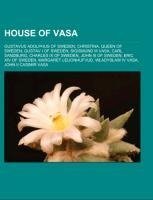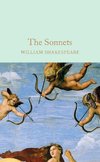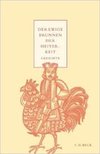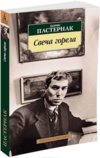
-
 Anglický jazyk
Anglický jazyk
House of Vasa
Autor: Source: Wikipedia
Source: Wikipedia. Pages: 54. Chapters: Gustavus Adolphus of Sweden, Christina, Queen of Sweden, Gustav I of Sweden, Sigismund III Vasa, Carl Sandburg, Charles IX of Sweden, John III of Sweden, Eric XIV of Sweden, Margaret Leijonhufvud, Wladyslaw IV Vasa,... Viac o knihe
Na objednávku
16.46 €
bežná cena: 18.70 €
O knihe
Source: Wikipedia. Pages: 54. Chapters: Gustavus Adolphus of Sweden, Christina, Queen of Sweden, Gustav I of Sweden, Sigismund III Vasa, Carl Sandburg, Charles IX of Sweden, John III of Sweden, Eric XIV of Sweden, Margaret Leijonhufvud, Wladyslaw IV Vasa, John II Casimir Vasa, Anna Vasa of Sweden, Princess Cecilia of Sweden, Charles Philip, Duke of Södermanland, Cecilia Renata of Austria, Princess Maria Elizabeth of Sweden, John Albert Vasa, Karol Ferdynand Vasa, John, Duke of Östergötland, Catherine of Sweden, Catherine Vasa, Cecilia Månsdotter, Princess Elizabeth of Sweden, Princess Sigrid of Sweden, Princess Anna Maria of Sweden, Prince Gustav of Sweden, Erik Johansson Vasa, Margareta Eriksdotter Vasa, Princess Sophia of Sweden, Maria of the Palatinate-Simmern, Anna Catherine Constance Vasa, Magnus, Duke of Östergötland, Alexander Charles Vasa, Ebba Eriksdotter Vasa, Samuel Larsson Stjerneld, Marie Catherine Vasa. Excerpt: Christina (Swedish: ; 18 December 1626 - 19 April 1689), later known as Christina Alexandra and sometimes Countess Dohna, was Queen regnant of Sweden from 1632 to 1654 and later a leader of the theatrical and cultural life of Rome. She was the only surviving legitimate child of King Gustav II Adolph and his wife Maria Eleonora of Brandenburg. As the heiress presumptive, at the age of six she succeeded her father on the throne of Sweden upon his death at the Battle of Lützen in the Thirty Years' War. After converting to Catholicism and abdicating her throne, she spent her later years in France and Rome, where she was buried in St. Peter's Basilica. Christina was born in Stockholm, and her birth occurred during a rare astrological conjunction that fueled great speculation on what influence the child, fervently hoped to be a boy, would later have on the world stage. The king had already sired two daughters, both buried in Riddarholmskyrkan in Stockholm - a nameless princess born in 1620 and then the first princess Christina, who was born in 1623 and died the following year. So great expectations arose at Maria Eleonora's third pregnancy in 1626, and the castle filled with shouts of joy when on December 8, she delivered a child that was first taken for a boy - he was so hairy and screamed with a strong, hoarse voice. Christina writes in her autobiography, "Deep embarrassment spread among the women when they discovered their mistake." The king however was larkhappy, stating that "She'll be clever, she has made fools of us all!" Christina was born with a caul (meaning a more or less intact fetal membrane clinging to the newborn baby). This could explain the confusion about Christina's gender; but a caul was regarded as a lucky omen. Gustav Adolf was closely attached to his daughter, who admired him greatly. Her mother remained aloof in her disappointment at the child being a girl. Before Gustav Adolf left to defend Protestantism in the Thirty Years' war, he secured his da
- Vydavateľstvo: Books LLC, Reference Series
- Rok vydania: 2020
- Formát: Paperback
- Rozmer: 246 x 189 mm
- Jazyk: Anglický jazyk
- ISBN: 9781155785073









 Nemecký jazyk
Nemecký jazyk 

 Ruský jazyk
Ruský jazyk 
